Autocar does not normally test heavy commercial vehicles, but we have decided to make an exception, such are the important technological implications of a recent American development in transportation.
Initial engineering, design and cost studies for a reusable shuttle first began in early 1970, with a decision on the final configuration — two solid propellant booster units augmenting three liquid-powered engines of the main orbiter plus a large external fuel tank — taken in 1972.
It is perhaps some measure of the work which had to be done and the problems which had to be overcome that it took nine years before a working vehicle made its first trip. Since that time, there have been 11 successful outings, justifying the immense government expenditure on the project. The space shuttle is perhaps best described as an aerospace vehicle which takes off like a rocket, can manoeuvre in orbit after carrying a payload of up to 65,000lb and then return to land on a normal concrete runway.
Its versatility and quick turnaround time means it provides, for the first time, a viable way of carrying out a number of tasks which were previously considered impossible. These include the maintenance and repair of unmanned satellites, or their 'collection' for repairs, the placing in orbit of interplanetary vehicles, the provision of a platform for scientific experiments and the carrying of components for larger projects. The space shuttle has three main units: the orbiter, the external fuel tank and two solid rocket boosters, each with a thrust of 2.6 million pounds.
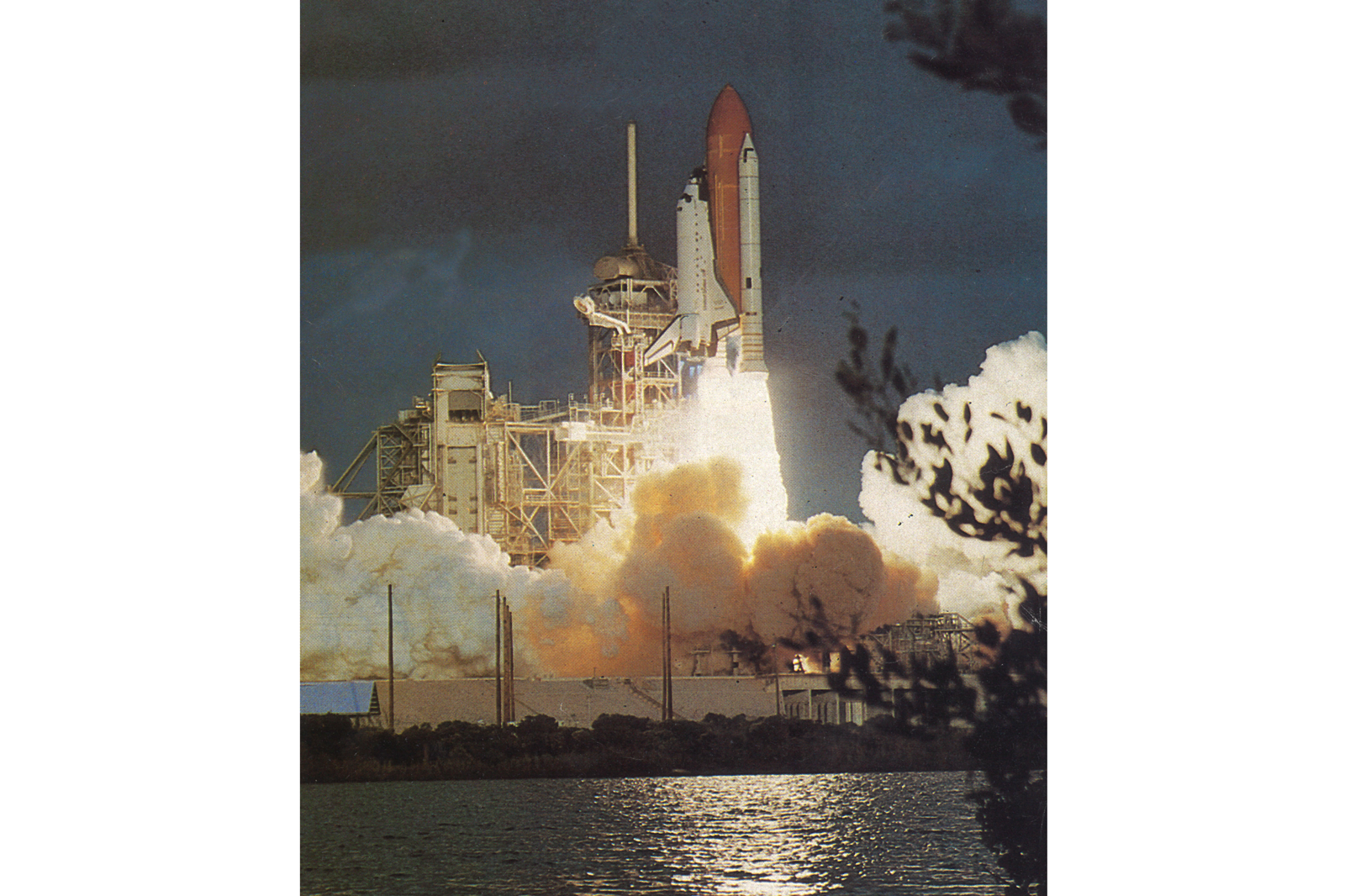 The orbiter, which is the passenger and payload carrying part of the system, is somewhat larger than many more conventional commercial vehicles. With a length of 121ft, a width of 79ft and a dry weight of 150,000lb, it approximates the dimensions of a DC9 jet airliner. Access to the orbiter is a bit unorthodox; having made your way up the gantry at NASA's John F Kennedy Space Centre in Florida, you clamber in through a circular hatchway in the nearside front of the vehicle and then up a narrow stairway to the cockpit. Since the shuttle is standing vertically at this point, it is necessary to lie on one of the Nomex-covered seats, held in place by a four-point harness.
The orbiter, which is the passenger and payload carrying part of the system, is somewhat larger than many more conventional commercial vehicles. With a length of 121ft, a width of 79ft and a dry weight of 150,000lb, it approximates the dimensions of a DC9 jet airliner. Access to the orbiter is a bit unorthodox; having made your way up the gantry at NASA's John F Kennedy Space Centre in Florida, you clamber in through a circular hatchway in the nearside front of the vehicle and then up a narrow stairway to the cockpit. Since the shuttle is standing vertically at this point, it is necessary to lie on one of the Nomex-covered seats, held in place by a four-point harness.
The occupants remain in this position, carrying out checks on the various systems, and there is no real sign of mechanical activity until approximately six seconds before the engines start. At this point, there is what might best be described as a moan from the back of the shuttle, which builds in intensity along with a distant vibration as the two, huge solid propellant engines on either side of the vehicle fire up. The orbiter goes through an oscillation, dubbed the 'twang' factor, just before the explosive pyrotechnics are fired to release the hold-downs which restrain the shuttle.



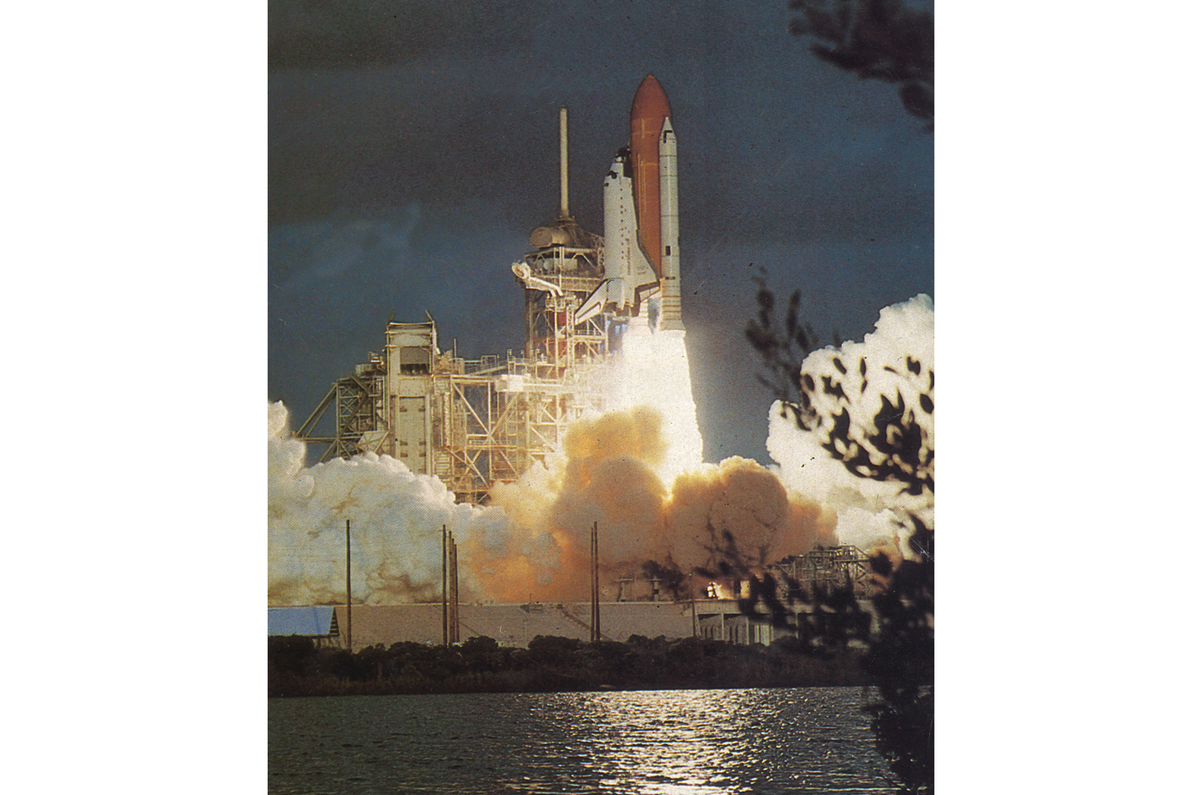
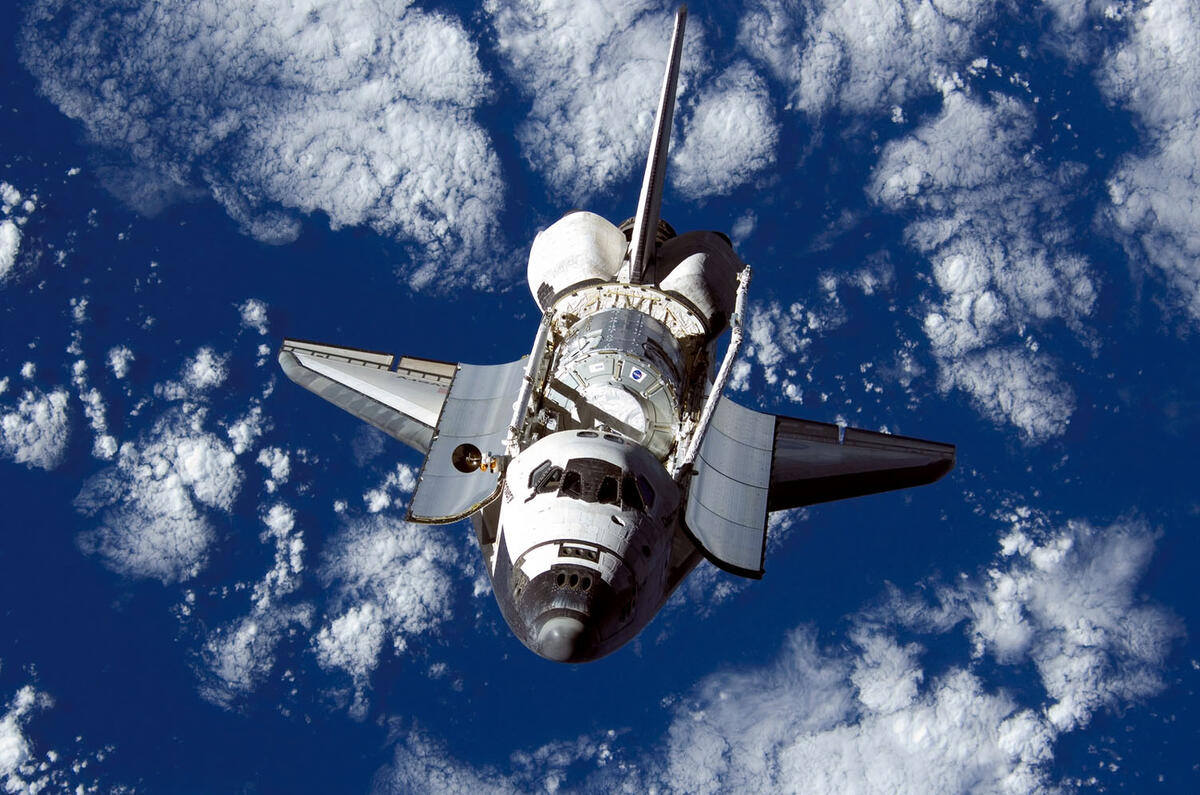
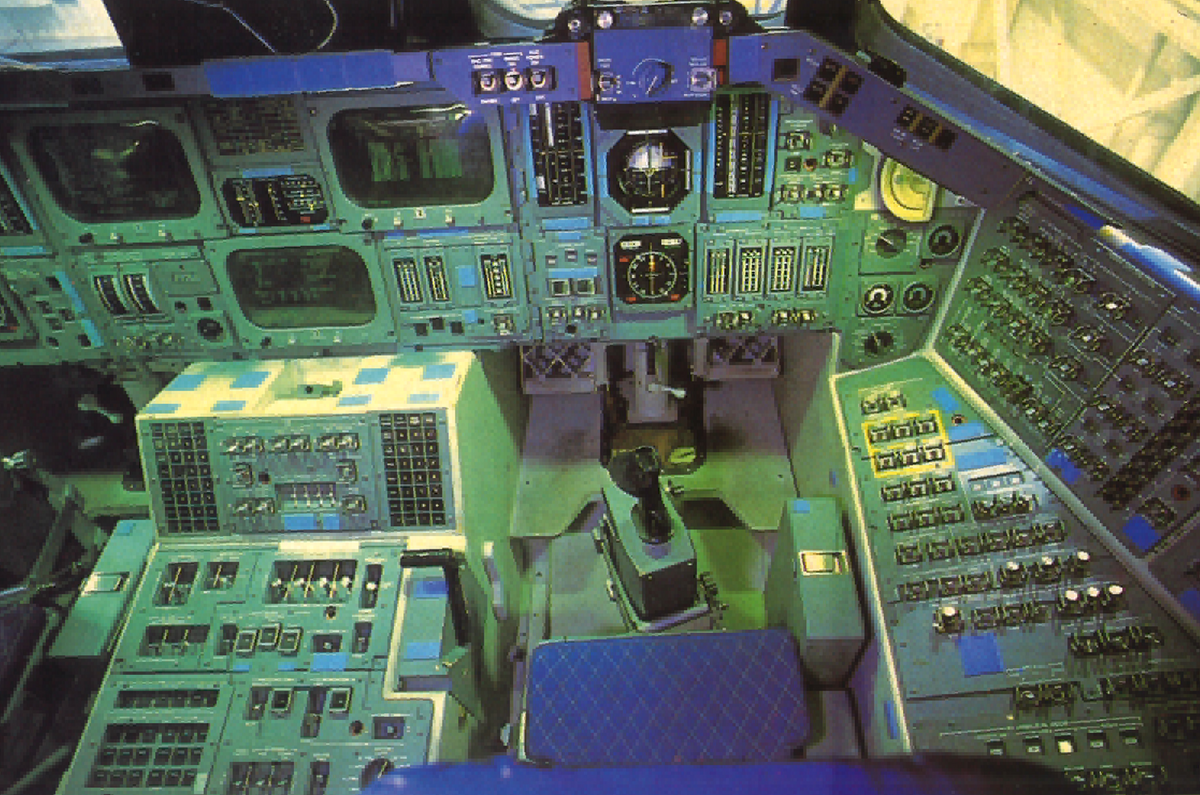
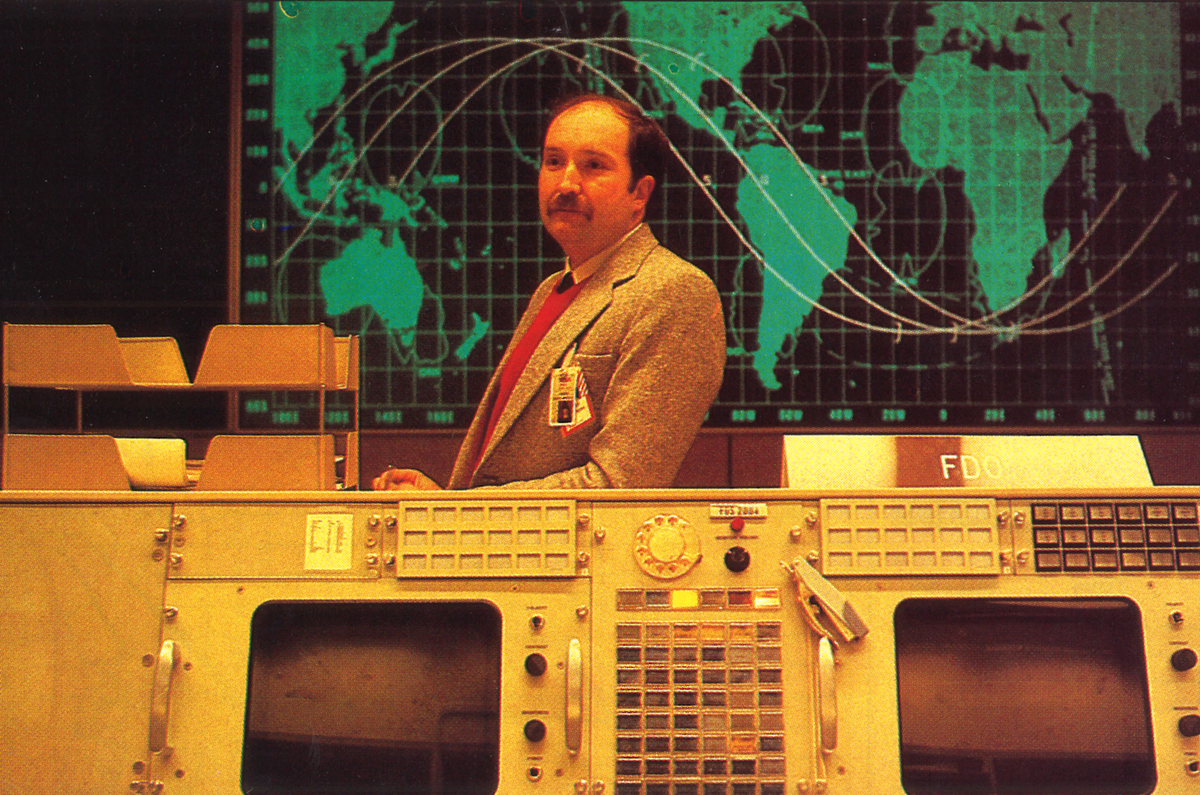
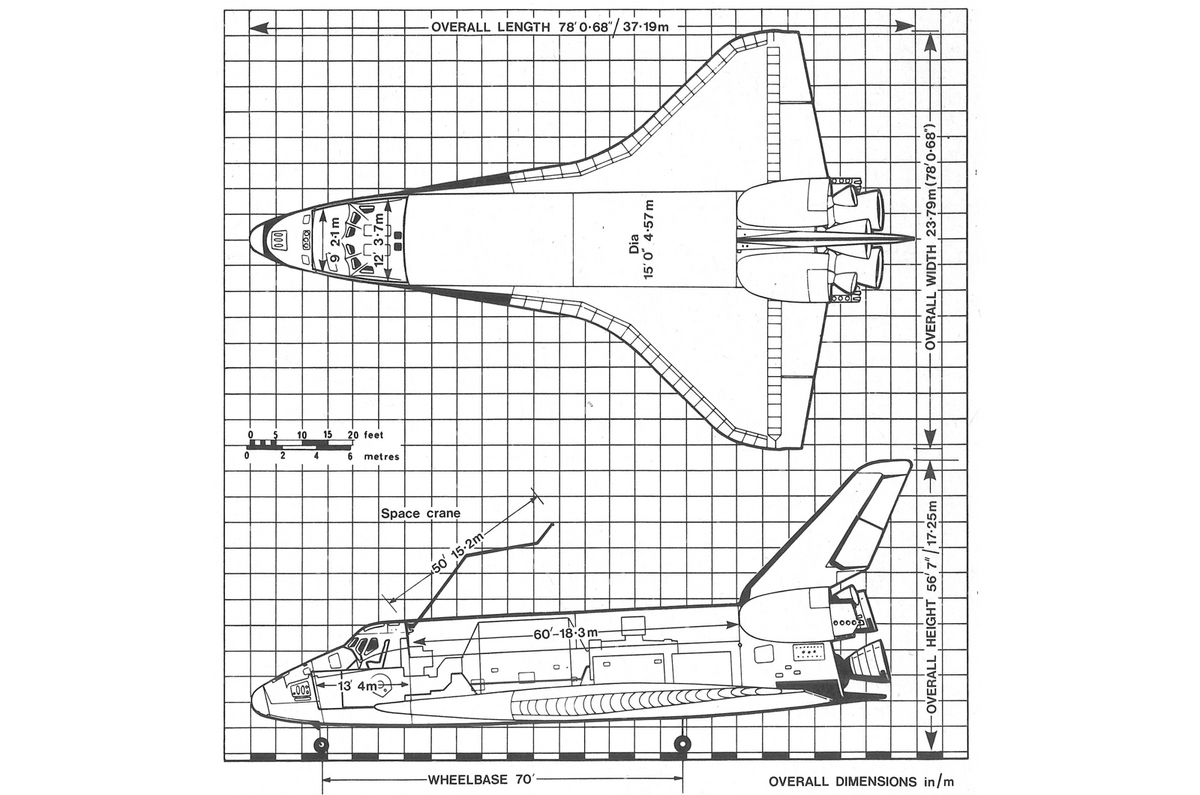
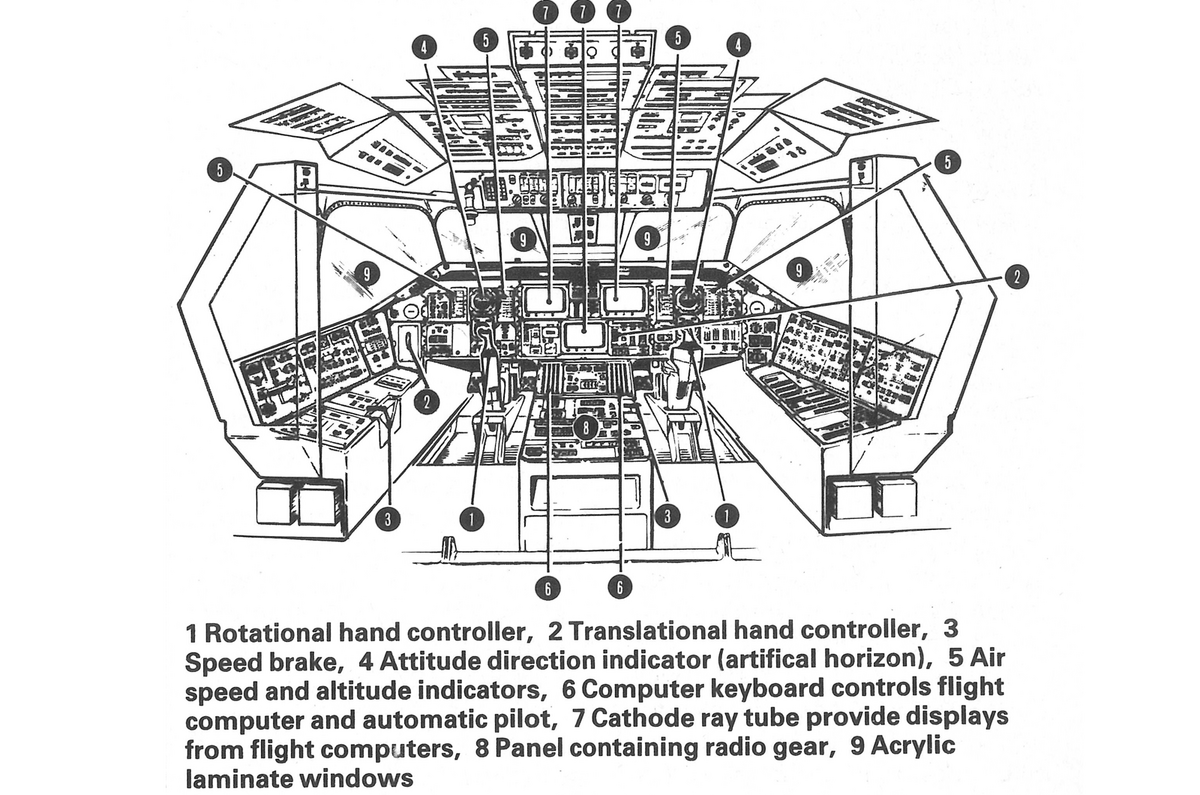
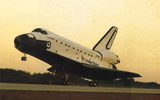
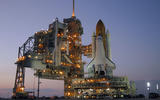
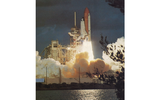
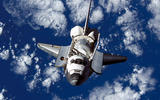
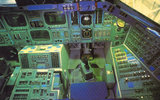
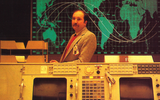

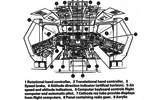

 After what seems like quite a lengthy period, but is really only about two minutes, the solid propellant engines detach themselves and fall away towards Earth, 27-and-a-half miles distant. The previous levels of noise, vibration and harshness, diminish drastically now, not just because the rough-burning power units have been jettisoned, but because the thick air of the lower atmosphere and the sound barrier — both vibration-inducing — have long been left behind.
After what seems like quite a lengthy period, but is really only about two minutes, the solid propellant engines detach themselves and fall away towards Earth, 27-and-a-half miles distant. The previous levels of noise, vibration and harshness, diminish drastically now, not just because the rough-burning power units have been jettisoned, but because the thick air of the lower atmosphere and the sound barrier — both vibration-inducing — have long been left behind.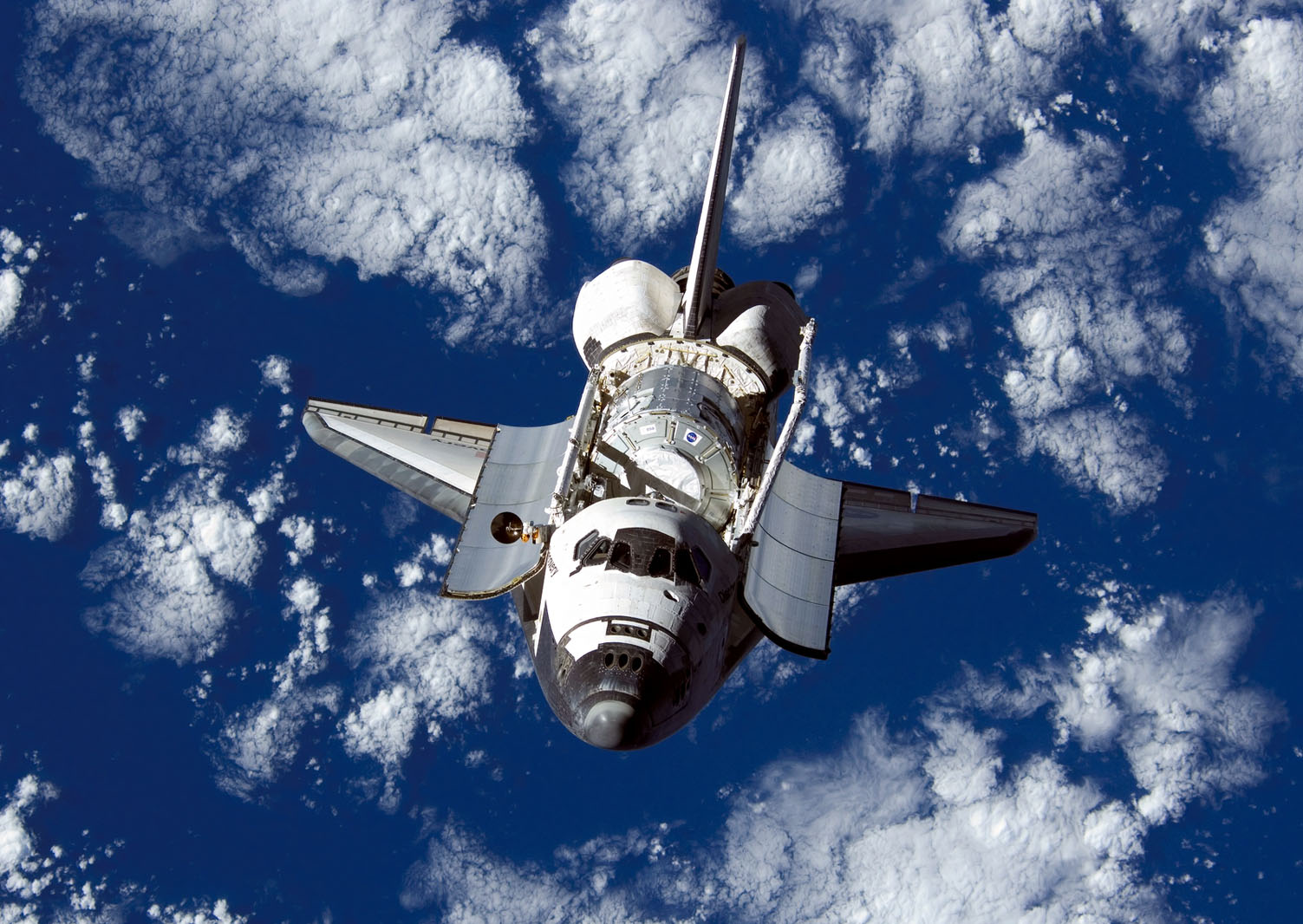 Safety
Safety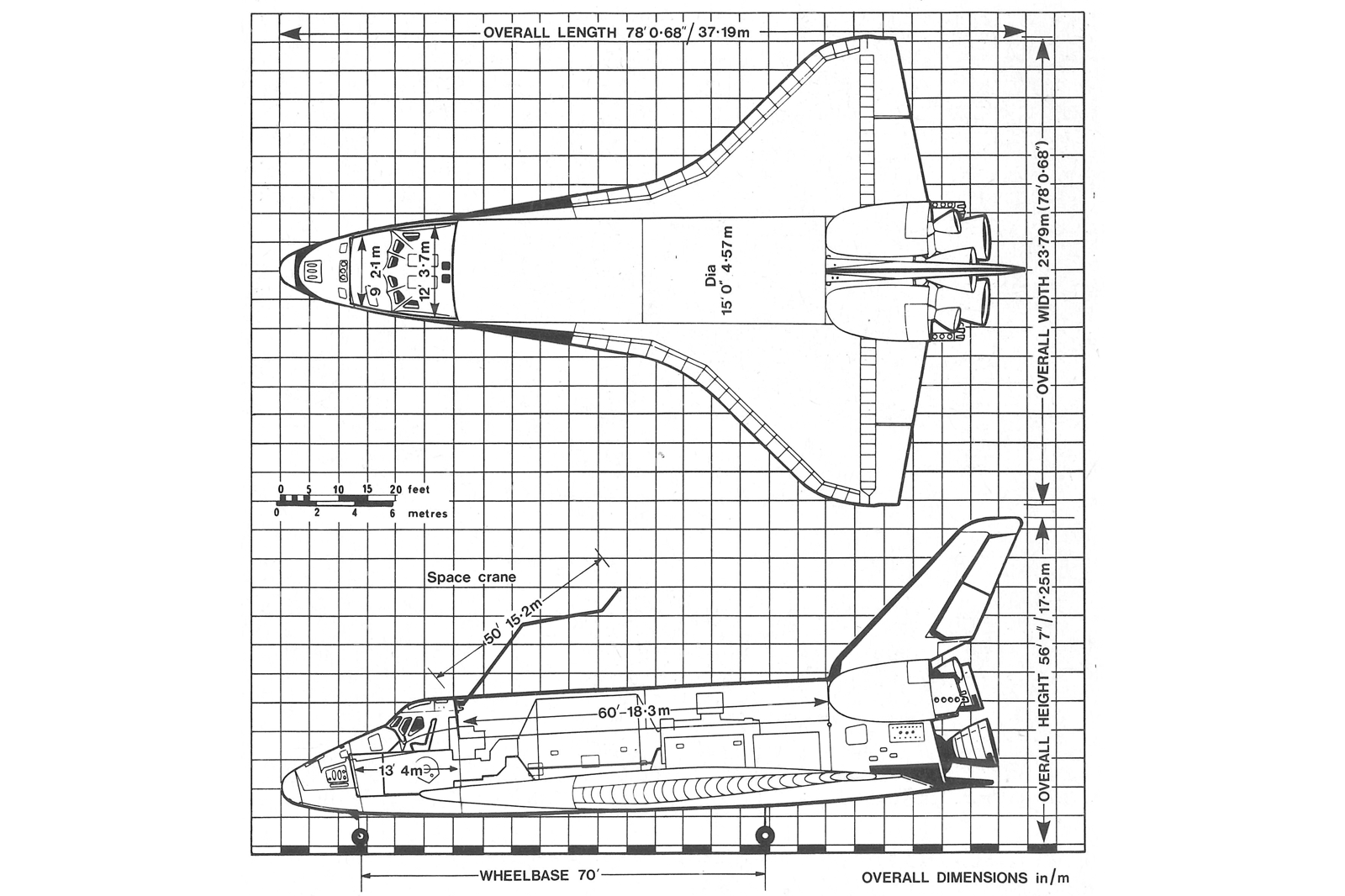 They are partially combusted in dual preburners to produce high-pressure hot gas which drives turbo pumps, with the process being completed in the main combustion chamber. Each of the shuttle's main engines operates at a liquid oxygen-liquid hydrogen mixture ratio of 6 to 1 to produce a thrust at sea level of 375,000lb (1,668 kilonewtons). The engines can be controlled over a thrust range of 65-109% of the rated power band to provide the impetus necessary for liftoff and the initial ascent phase, and then throttled back to limit acceleration to 3g during the final ascent phase.
They are partially combusted in dual preburners to produce high-pressure hot gas which drives turbo pumps, with the process being completed in the main combustion chamber. Each of the shuttle's main engines operates at a liquid oxygen-liquid hydrogen mixture ratio of 6 to 1 to produce a thrust at sea level of 375,000lb (1,668 kilonewtons). The engines can be controlled over a thrust range of 65-109% of the rated power band to provide the impetus necessary for liftoff and the initial ascent phase, and then throttled back to limit acceleration to 3g during the final ascent phase. Living with the shuttle
Living with the shuttle 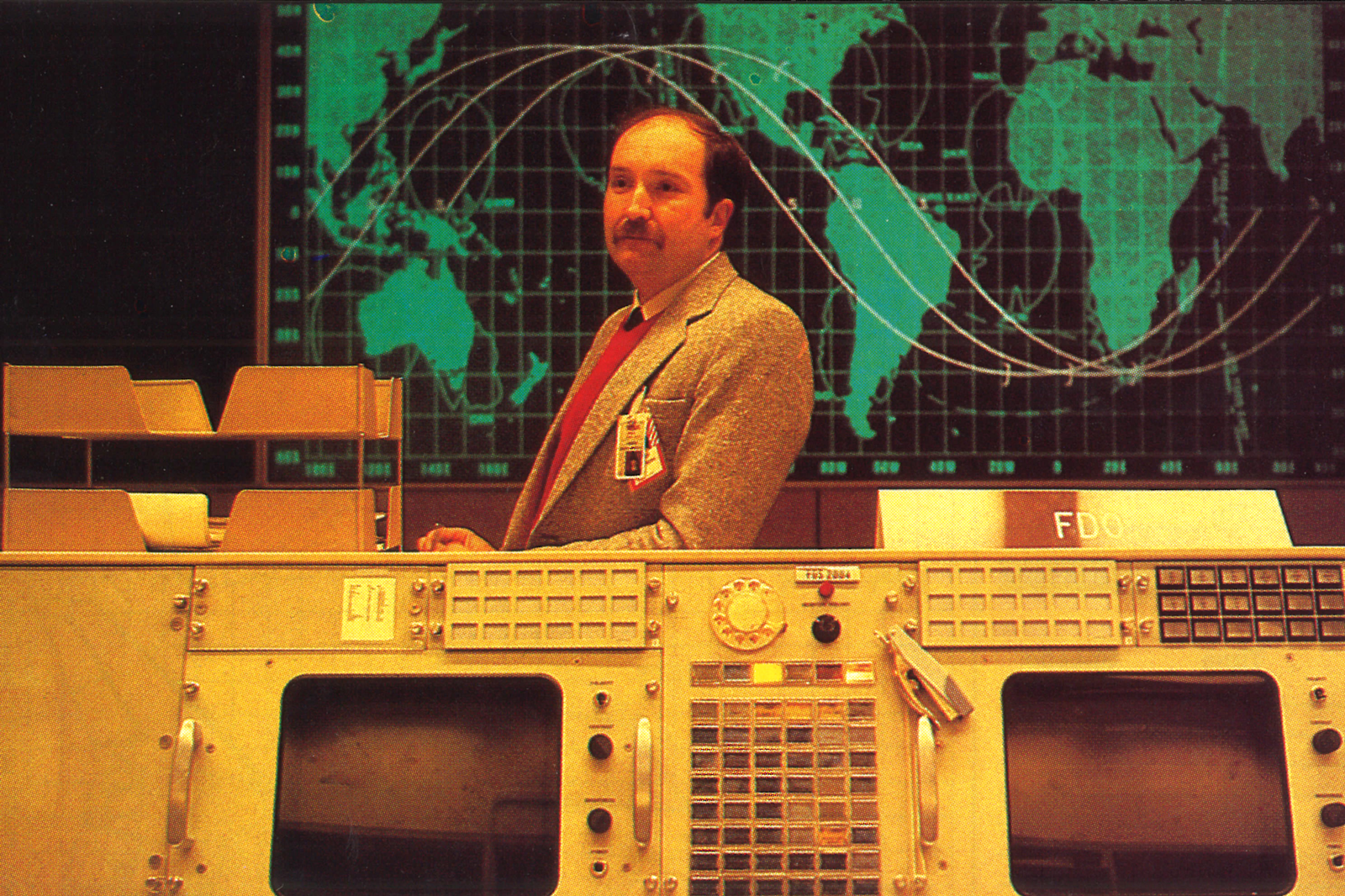
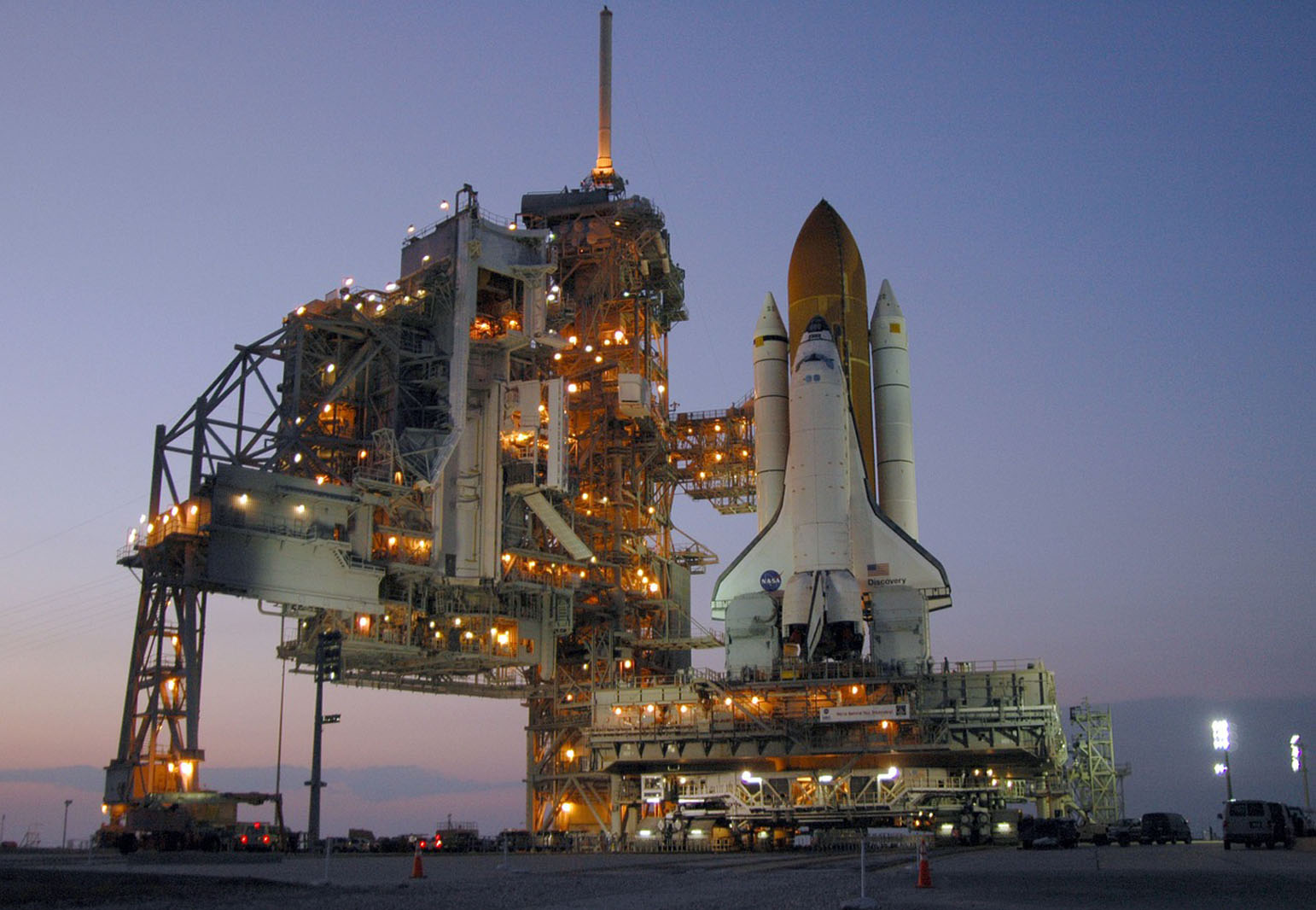 The two main occurrences from a refinement point of view become evident as the shuttle slows down to around the 2500-2800mph mark — there is a marked rumble as it hits the thicker air of the atmosphere and passengers are pulled forward into their harness straps by the deceleration — and at 40,000-50,000ft, when a shudder goes through the orbiter as it slows below the speed of sound. Neither of these are near the severity of the noise and vibration of the launch period.
The two main occurrences from a refinement point of view become evident as the shuttle slows down to around the 2500-2800mph mark — there is a marked rumble as it hits the thicker air of the atmosphere and passengers are pulled forward into their harness straps by the deceleration — and at 40,000-50,000ft, when a shudder goes through the orbiter as it slows below the speed of sound. Neither of these are near the severity of the noise and vibration of the launch period.
Join the debate
Add your comment
same here
and this year have manged to see Atlantis and Enterprise in the metal. Amazing bit of kit.
Still find the Shuttle